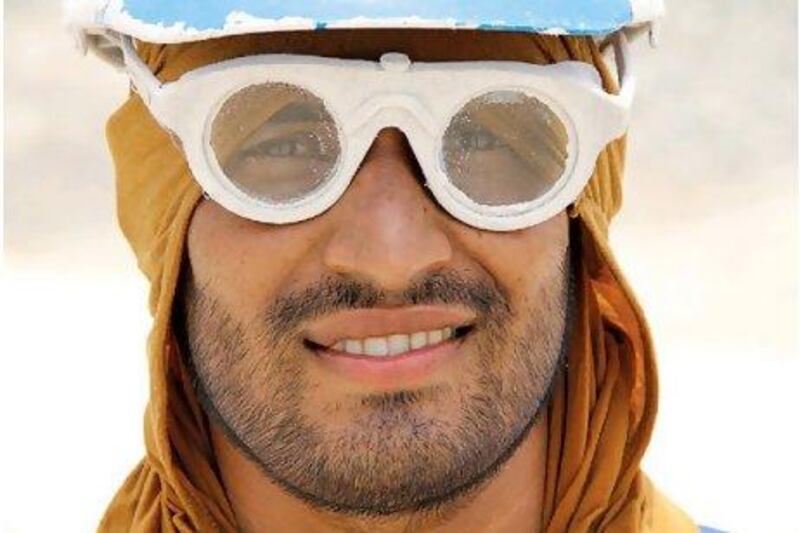It runs 403 kilometres from the Arabian Gulf to the Gulf of Oman, over desert and across mountains; an extraordinary feat of engineering that most of us will never see.
The crude oil pipeline from Habshan in Abu Dhabi to the coast of Fujairah has taken five years and 225,000 tonnes of steel pipes to build. Now it is complete, with the first oil flowing yesterday, hidden underground.
These remarkable photographs capture the building of the pipeline by China Petroleum Engineering & Construction Corporation, the contractors engaged by the International Investment Company (Ipic)
The pipeline runs across sabkha, the treacherous mix of salt, sand and gypsum in the west, and under the dunes of the central desert. In perhaps the most remarkable section of the project, pipes were laid across the Hajar mountains into Fujairah.
About 5,000 workers were involved in the construction of the pipeline, which cost an estimated $3.3 billion and has a capacity of 1.8 million barrels a day.
It bypasses the strategically important bottleneck of the Strait of Hormuz, which Iran has, in the past, threatened to block.
When it is fully operational in December, three tankers at a time will be able to load, with the first shipment departing yesterday.
The project is also a major boost for Fujairah's economy, whose harbour is already a major bunkering and refuelling hub.
Now that the oil is flowing, there are plans to publish the photographs in a book, provisional called Moving Mountains - Making of ADCOP.
[ jlangton@thenational.ae ]







